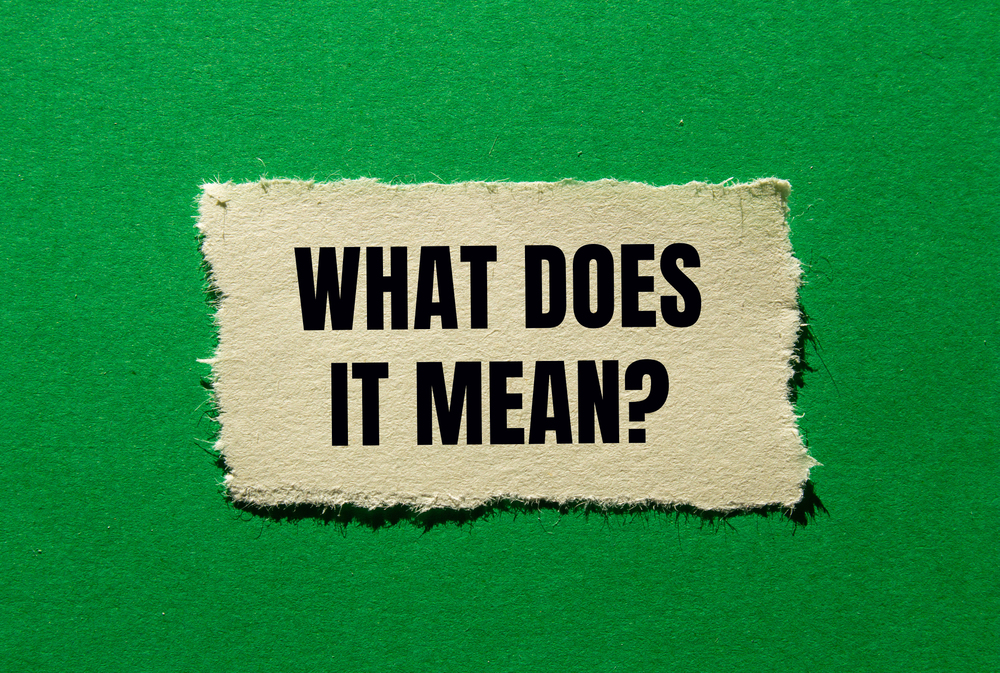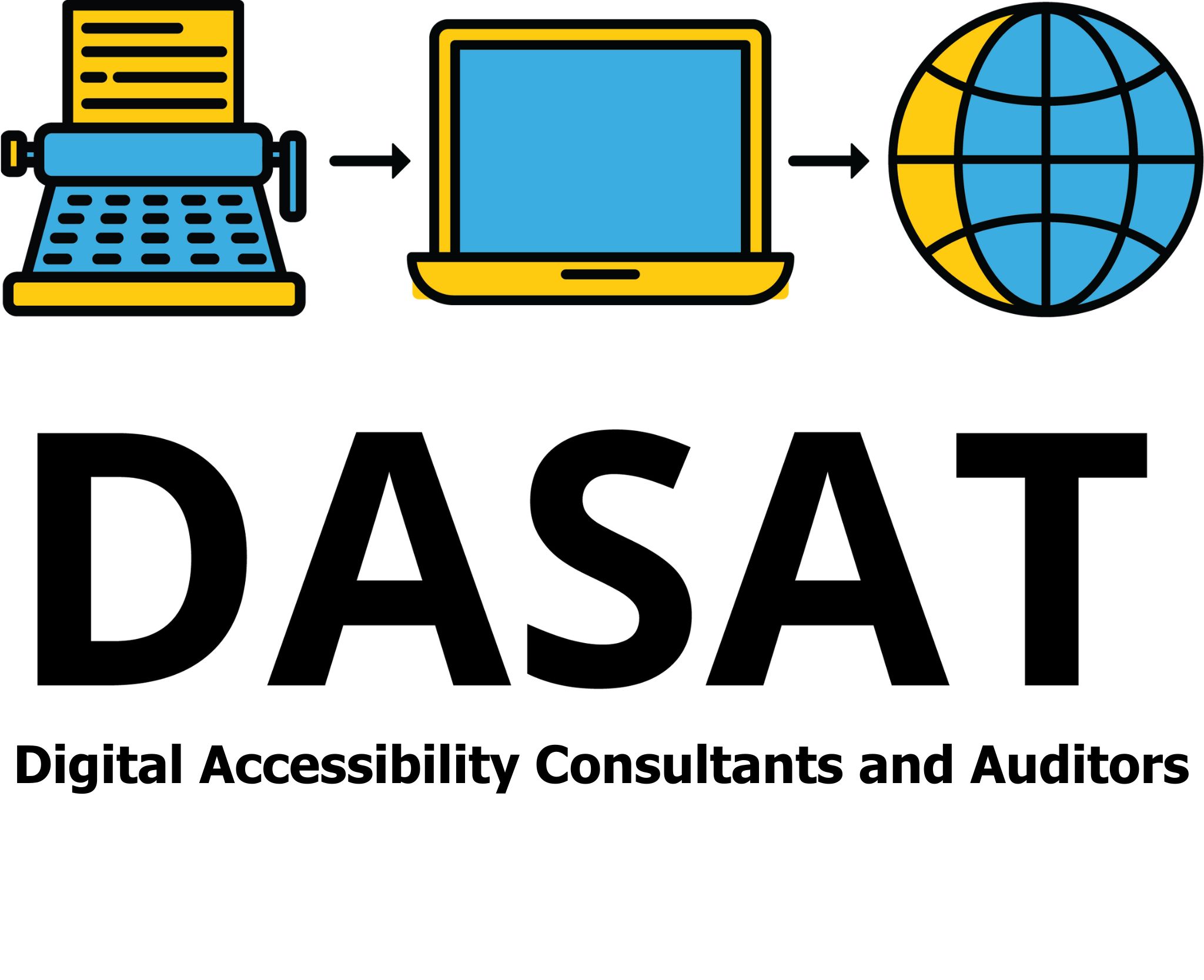What is Sign Language?
Sign language is a fully developed, natural language that uses hand shapes, movements, facial expressions, and body posture to communicate instead of oral speech. It is not gesturing or miming. It has its own grammar, structure, and vocabulary, just like spoken languages.
For many people with severe hearing impairment, a sign language, such as Auslan in Australia, is their primary language. This means it’s the language they think in and feel most comfortable using. As a result, when they encounter spoken or written languages such as English, they may need an interpreter or a translator to ensure full understanding and equal access to information.
It is important to remember that hearing impairment is on a spectrum. Some people can’t hear high sounds or low sounds. Others who have a severe hearing impairment may only hear a certain range of sounds. Some people will not have any hearing. Everyone is different.

A Brief History of Sign Languages
The use of signs to communicate dates back to ancient times. In 5th century Greece, the philosopher Plato discussed using hand signs as a substitute for speech if one didn’t have a tongue or voice. In the 1600s, early attempts to educate deaf students led to more formal manual alphabets. By the 1960s, linguists finally recognised sign languages, such as American Sign Language (ASL), as full languages with their own rules and complexity.
Today, around 300 distinct sign languages are used around the world. Auslan (Australian Sign Language), used in Australia, is different from ASL (American Sign Language) and BSL (British Sign Language). There is no “universal” sign language.

Primary Language & Interpretation
When a person’s primary language is a sign language such as Auslan, English may be their second language, often taught through school or lived experience. For many people who use sign language, written or spoken English may feel as unfamiliar as it does to a hearing person learning a foreign spoken language. As a result, interpreting and translation is essential to ensure people can access services such as healthcare, legal support, education or other community services fairly.

What Is Lip Reading?
Lip reading, also known as speech reading, is the practice of understanding speech by visually interpreting the movements of a person’s lips, facial expressions, and gestures. It is commonly used by people who have a severe hearing impairment as a way to assist communication without sound.
A Little History
- Ancient origins: There are references to lip reading-like practices in ancient Greece.
- The modern understanding of lip reading began evolving in the 16th and 17th centuries as educators worked with deaf students in Europe.
- In the 19th and 20th centuries, lip reading became more mainstream with the rise in oralist education methods, which discouraged signing and forced students to rely on speech and lip reading. However, many view this history critically, as it often suppressed natural sign language use and Deaf identity.

Who Uses Lip Reading and why?
- People who are hard of hearing and still have some residual hearing but need visual support to understand speech.
- Some people who have been taught oral communication methods as part of their education.
- People who are losing their hearing later in life sometimes turn to lip reading as a tool.
Lip reading helps provide visual clues about sounds that can’t be heard, especially in noisy environments or when no sign language interpreter is present. However, it’s not a complete or reliable substitute for sign language or full hearing: only about 30–40% of English speech is visible on the lips, and many words look exactly the same (“pat,” “bat,” and “mat” are examples).
That’s why many sign language users find lip reading tiring or only helpful for getting the “gist” of speech, not real precision or inclusion and why having communication in a person’s primary language (such as Auslan) is essential.

Sign Language in Australia &
Learning Auslan
In Australia, the main sign language is Auslan. It’s recognised by many Deaf Australians as their native language. Here are helpful links to learn it:
-
- Deaf Connect: Beginner Auslan courses, both online and in-person.
https://deafconnect.org.au/services/beginner-courses-in-auslan - Learn Auslan Online: Self-paced online learning platform.
https://courses.learnauslan.com.au/ - NextSense Auslan Tutor App: Free app with 1,400+ signs.
https://www.nextsense.org.au/apps-and-resources/auslan-tutor-2 - Deaf Children Australia: Family and child-friendly resources for learning Auslan.
https://www.deafchildrenaustralia.org.au/auslan/
- Deaf Connect: Beginner Auslan courses, both online and in-person.

The Bigger Picture
Sign language and lip reading play vital roles in how many Deaf and hard-of-hearing people communicate. But it’s important to remember:
- Not all sign language users lip read.
- Lip reading is not a replacement for sign language.
- Not all lip readers use sign language.
- Everyone should have access to information in the way they understand best. Whether that’s through Auslan, captions, assistive technology, or interpretation.
Communication accessibility is about respect and inclusion. Whether you’re a workplace, service provider, or individual caregiver, making an effort to value and support sign language and alternatives like lip reading goes a long way toward real inclusion.

